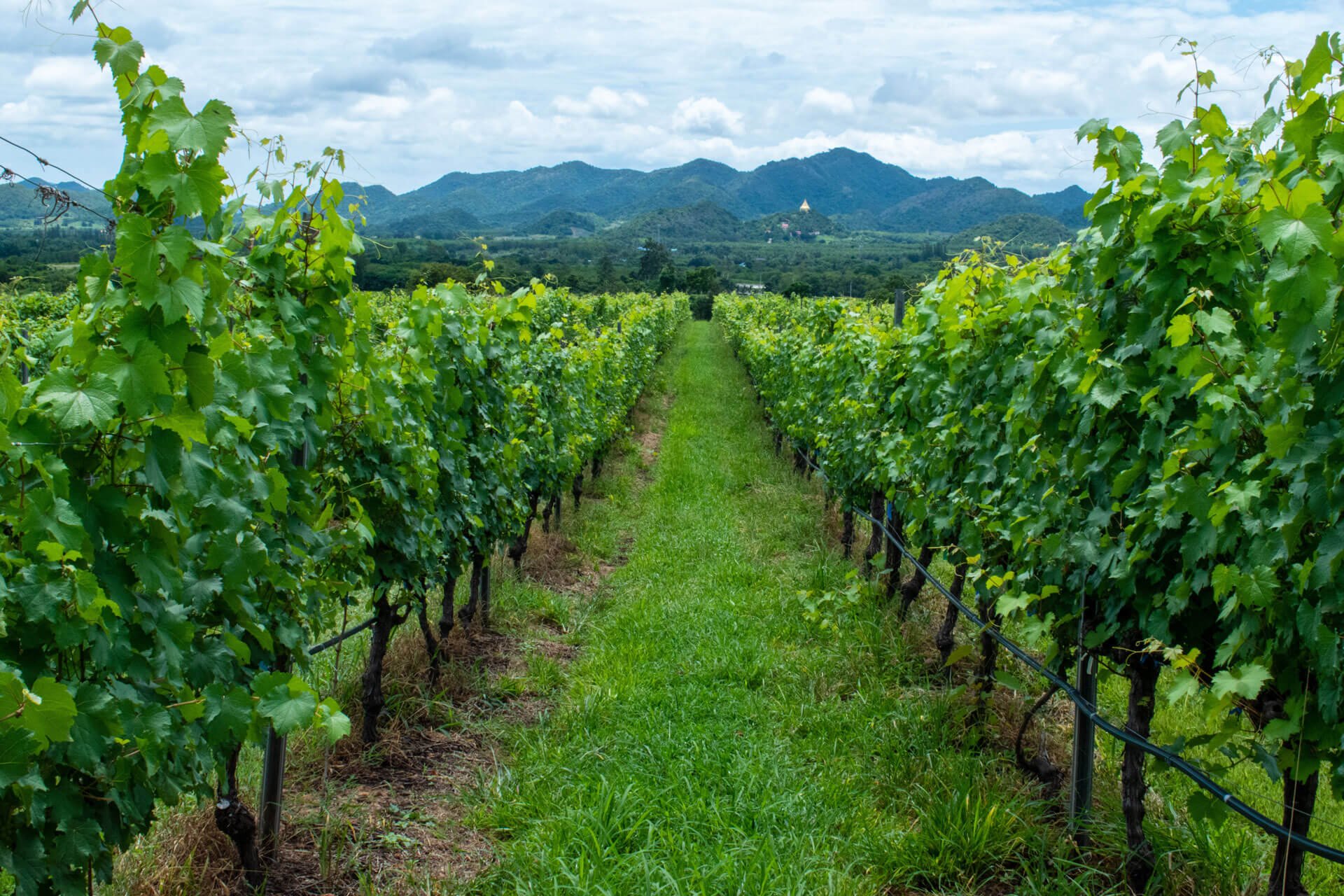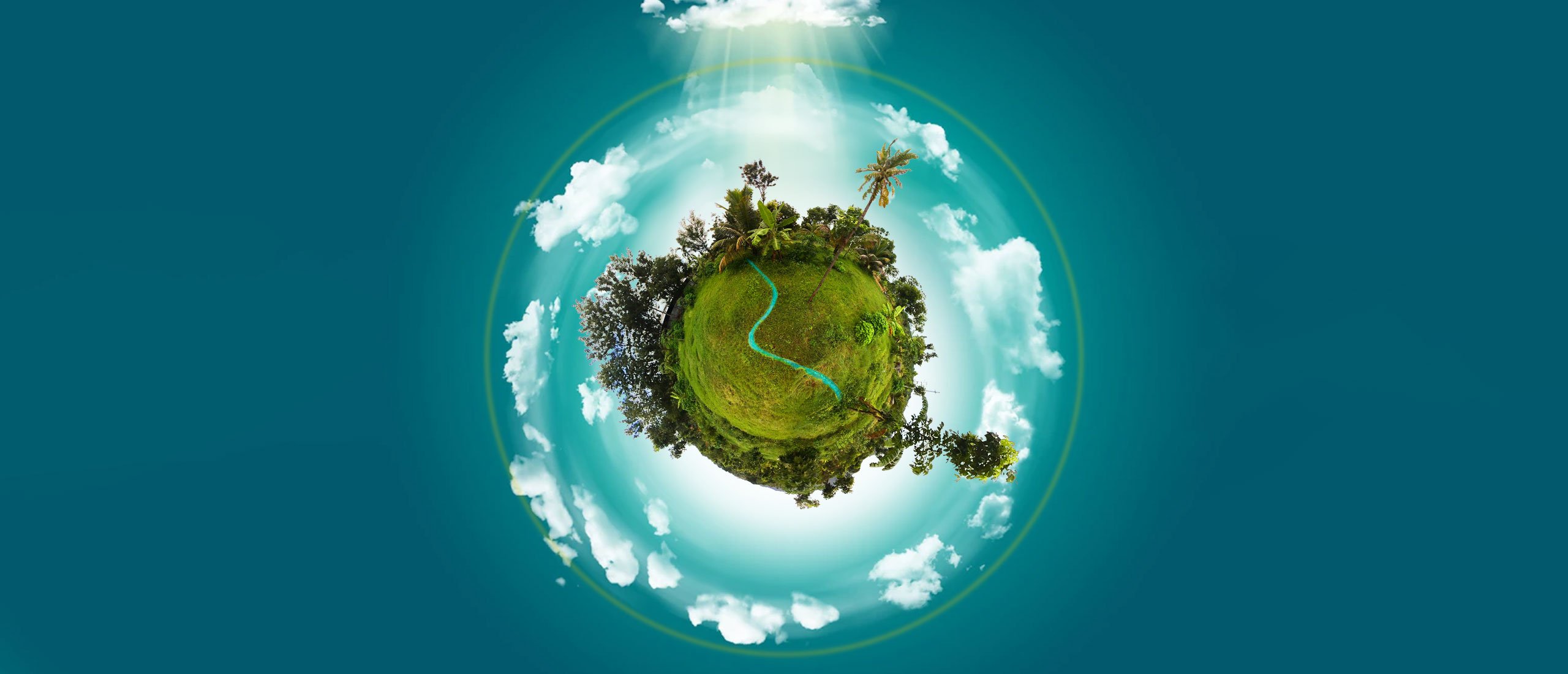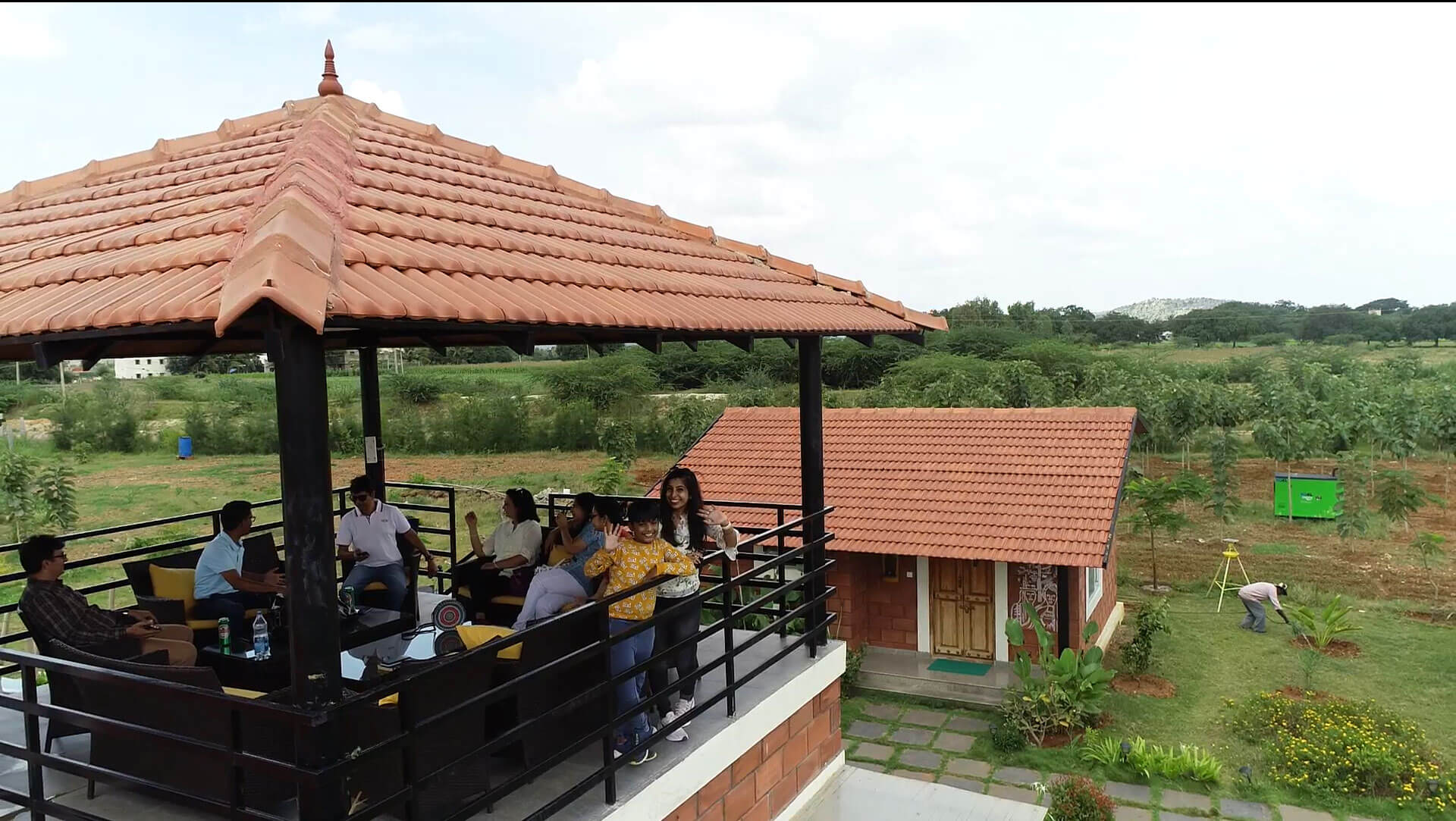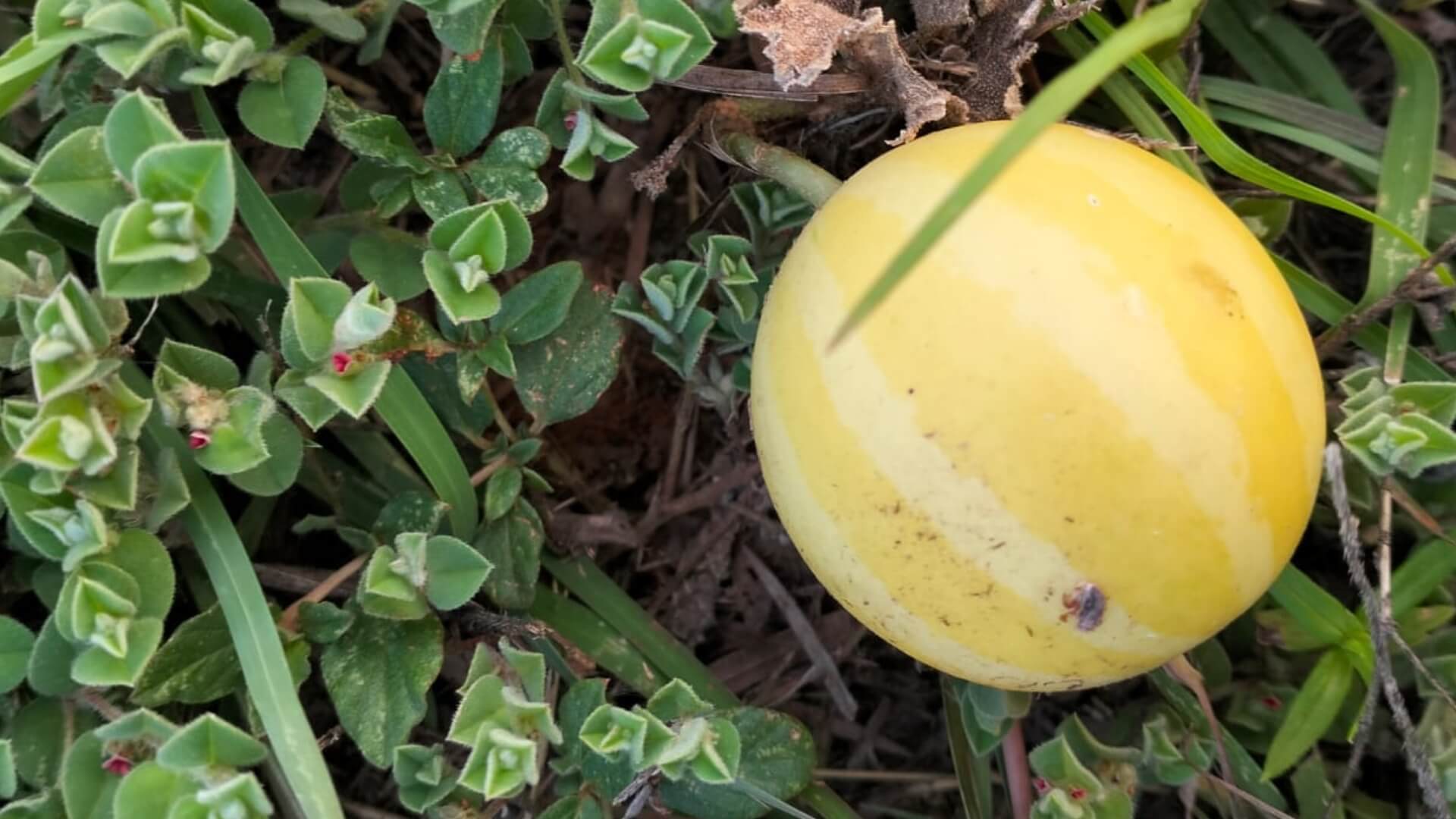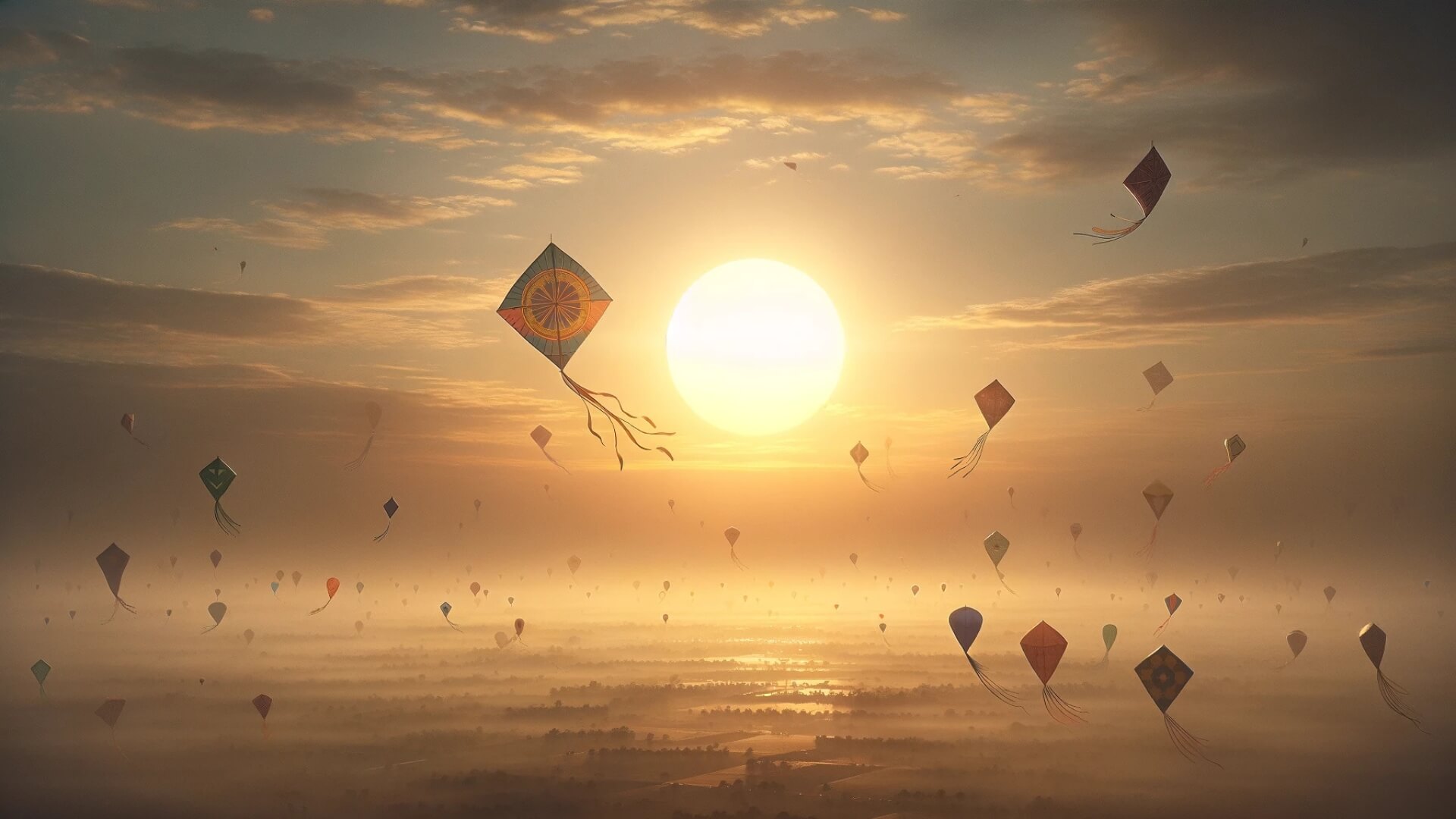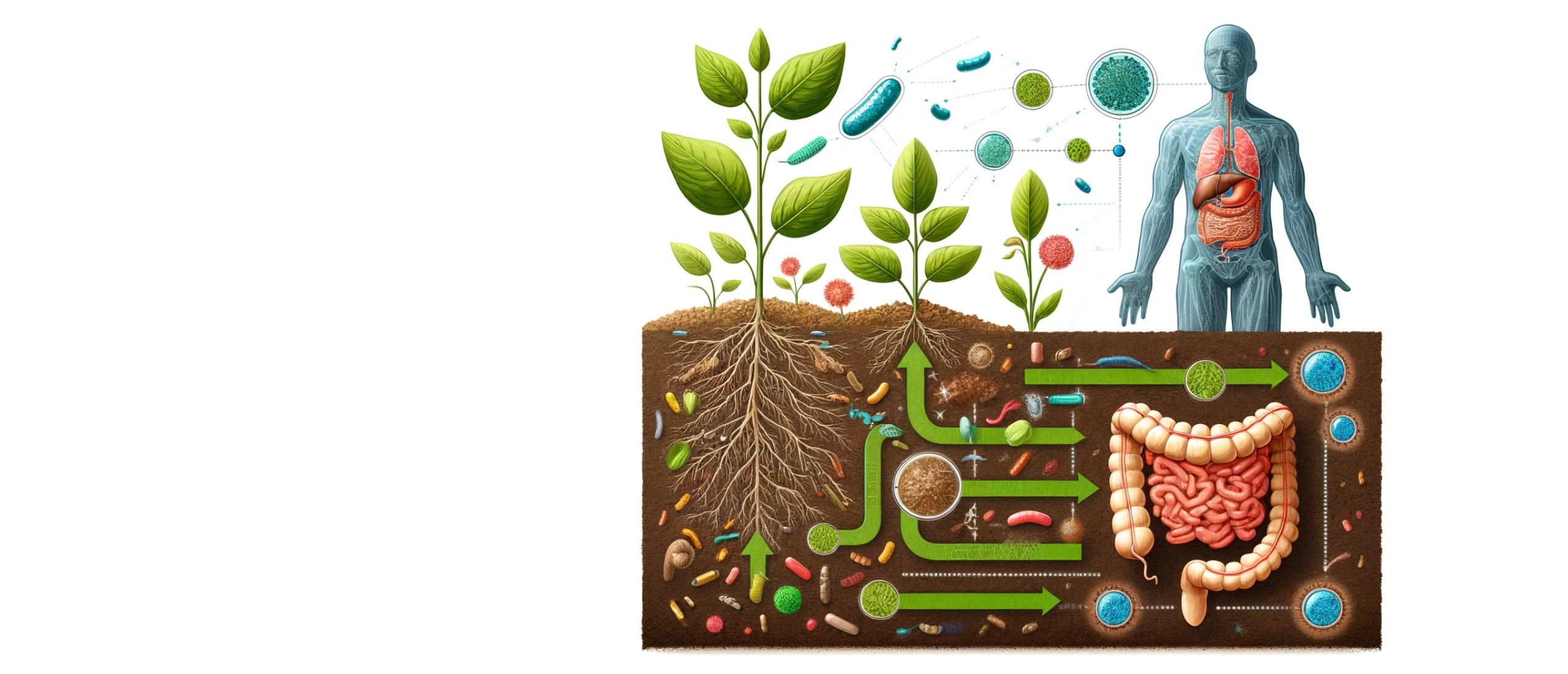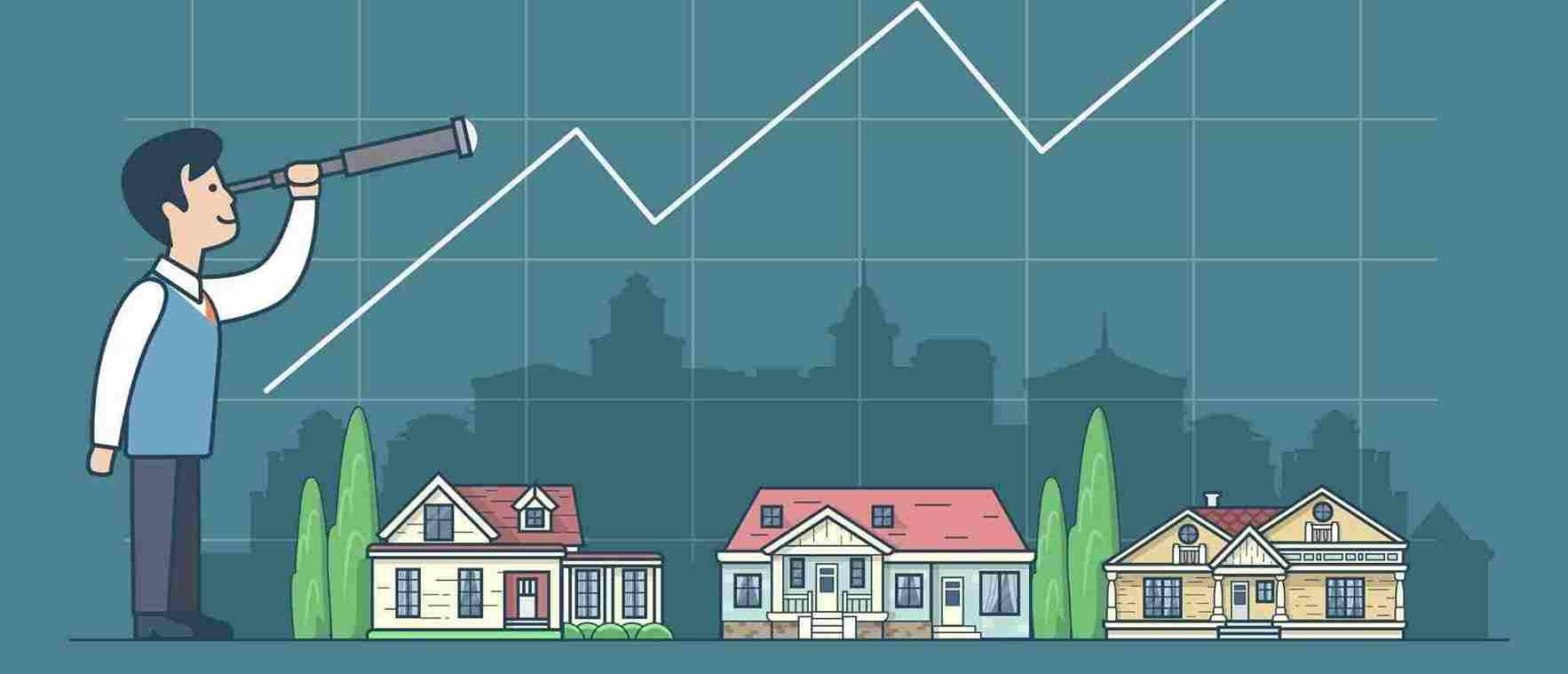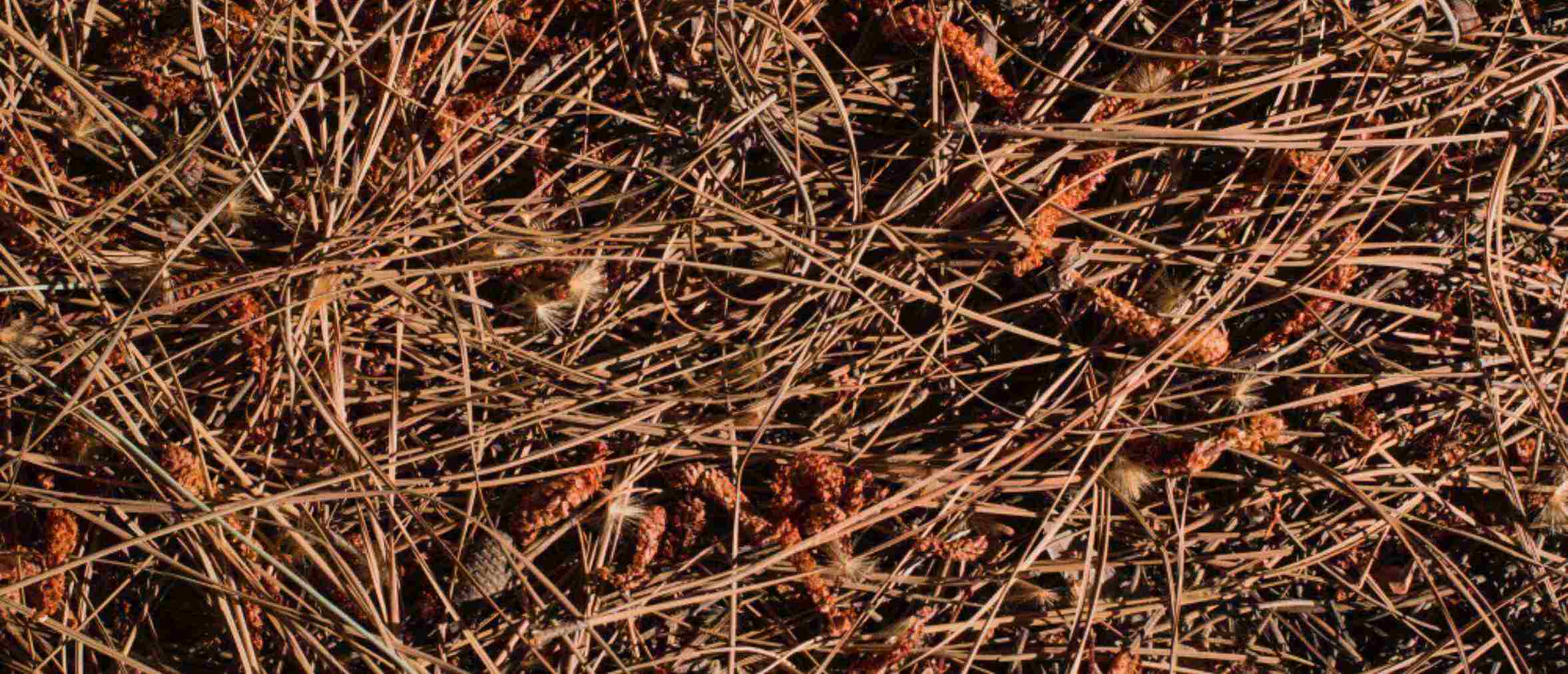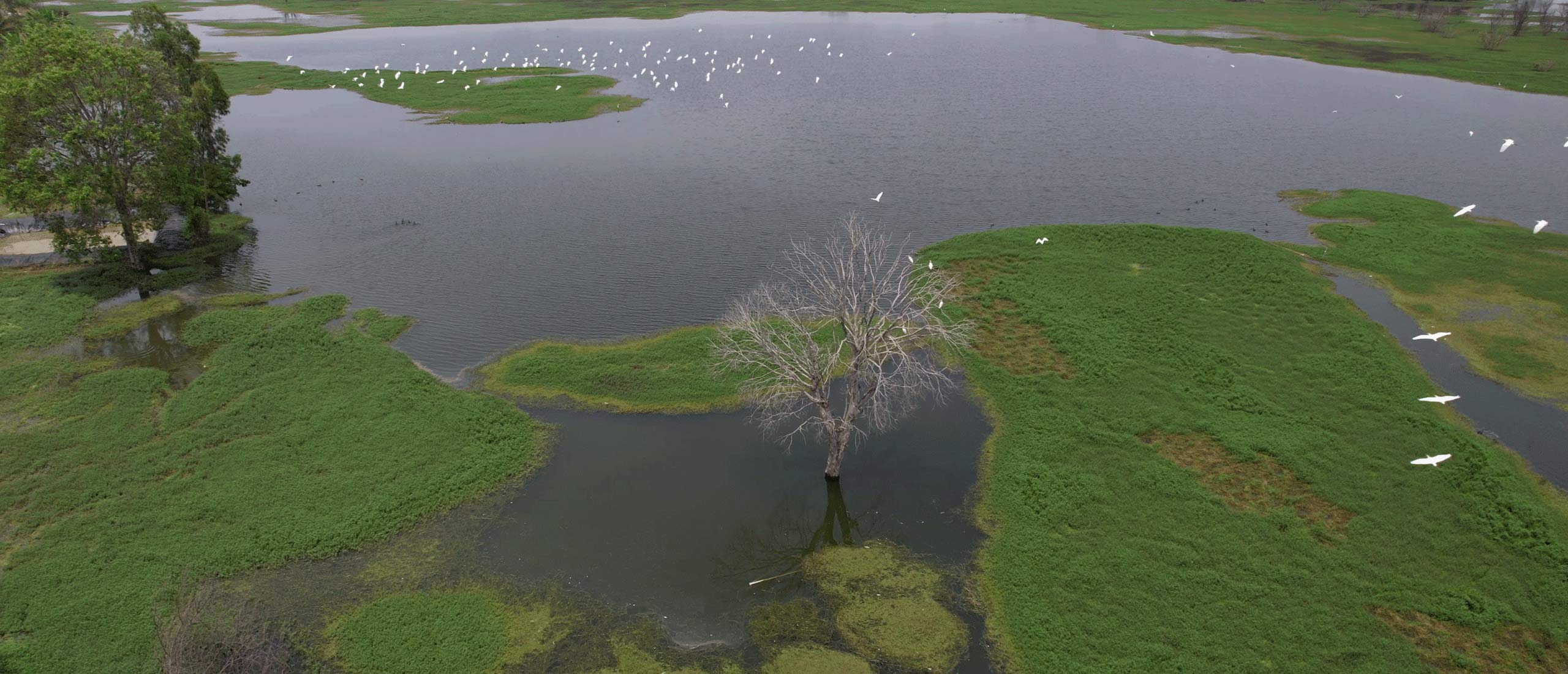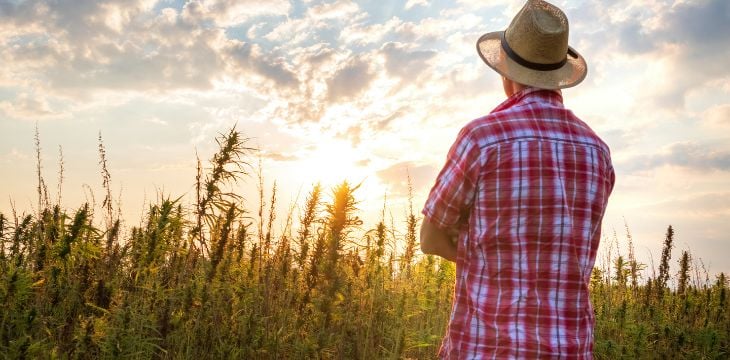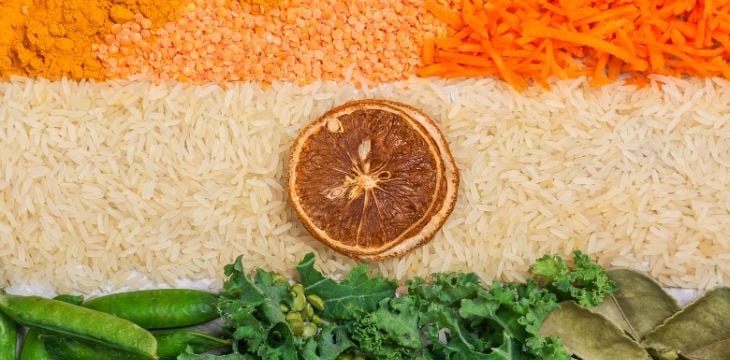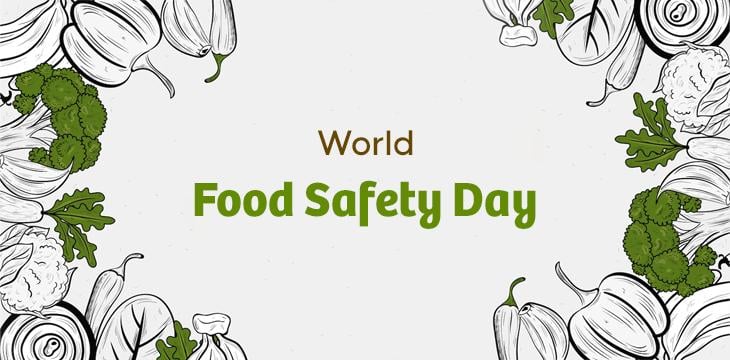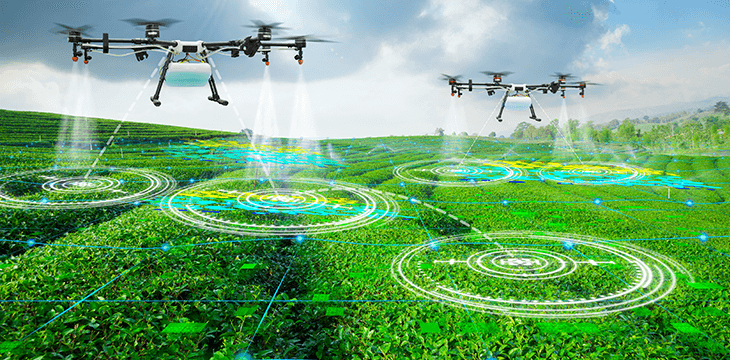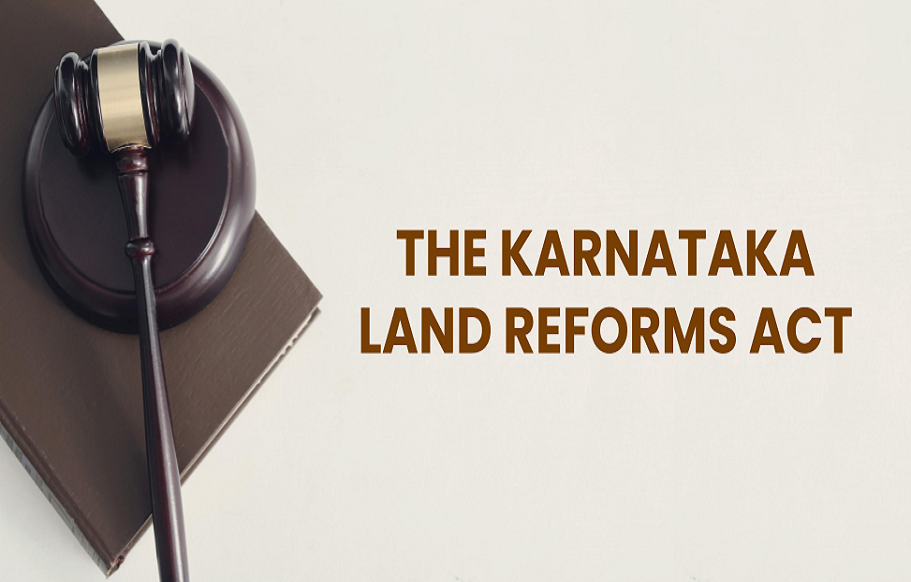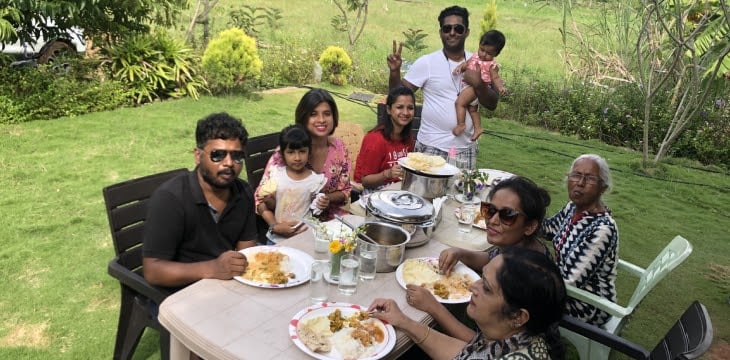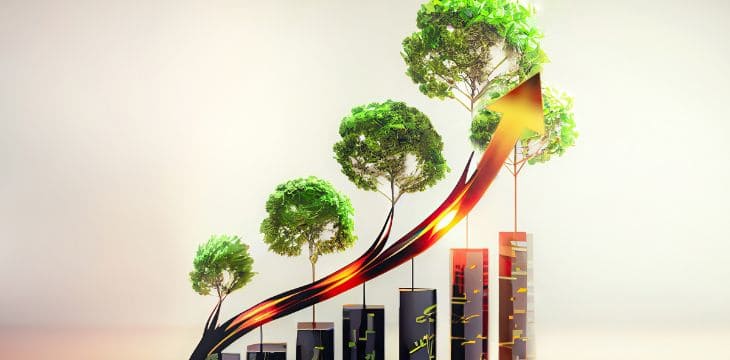June 5, 2023
Author – Srinivas Abhilash
Introduction
In the world of forests, something magical occurs. Imagine a realm where the soil remains undisturbed, plants thrive without human intervention, and the ecosystem flourishes. Inspired by this natural balance, “NoTill” farming emerges as a revolutionary approach.
At Hosachiguru, we embrace the wisdom of nature and cultivate the land in harmony with its innate design. By avoiding constant tilling, we foster a thriving ecosystem that prioritizes soil health and biodiversity. With “NoTill” farming, we embark on a journey where the land becomes its own caretaker, resulting in enduring and productive agricultural systems.
Inspired by the resilience and diversity of pristine forests, our core objective aligns with the principles of “NoTill” agriculture: nurturing an agricultural ecosystem capable of prospering naturally for future generations. Though initial efforts may require more attention, the possibility of creating thriving agro and food forests becomes a tangible reality.
“NoTill” Agriculture: Towards Sustainable Solution
“NoTill” farming is a sustainable alternative that addresses the urgent need for food production without depleting soil fertility. This approach minimizes soil disturbance during planting and cultivation, preserving its natural structure and composition. By adopting it, farmers can reduce greenhouse gas emissions, improve soil health, conserve water, and prevent erosion.
The history of “NoTill” farming showcases the ingenuity of farmers striving to revolutionize agricultural practices. Agronomist Edward Faulkner and farmer Masanobu Fukuoka played pivotal roles in challenging conventional beliefs and promoting minimal soil disturbance. Their methods, including “NoTill” seeding, cover crops, and natural pest control gained momentum in the 1970s as effective solutions for soil conservation. This type of approach helps in making sustainable agriculture, inspired by visionary individuals and organizations committed to sustainable practices.
Benefits of Grass Mulching and Root Systems in “NoTill” Approach at Hosachiguru
At Hosachiguru-managed farmlands, when the grass is cut (not totally uprooted), it becomes mulch on the soil. It serves several important purposes. Firstly, it helps to preserve soil moisture by acting as a protective layer. It reduces evaporation and retains moisture. Secondly, it regulates temperature by providing insulation to the soil. The act of cutting grass sends a signal to the plant, prompting it to regrow rapidly. The new vegetation that emerges engages in photosynthesis, a process that utilizes carbon dioxide and sunlight to produce oxygen, sugars, carbohydrates, and other carbon-rich compounds.
Interestingly, when the cut grass with new vegetation decomposes, it releases up to 40% of these carbon-rich compounds into the soil as exudates. These exudates serve as a food source for fungi and bacteria, helping their growth. This, in turn, promotes the proliferation of these beneficial microorganisms, leading to a return of nutrients to the grass/plants.
This relationship between plants and microorganisms is mutually beneficial and essential for sustainable agriculture. While microorganisms contribute to plant growth and health, plants provide nourishment and shelter for these microorganisms. Thus, this symbiotic relationship plays a crucial role in maintaining the long-term viability of agricultural systems. The preservation of the grass/weeds through “NoTill” approach over a period of time results in the formation of Humus in the topsoil and the increase of soil organic carbon.
When grass is cut above the ground, it leaves the root systems intact. By keeping the roots in place, they continue to firmly anchor the soil, preventing soil erosion. This becomes particularly important during periods of excessive rainfall or stormwater runoff. With the root system still intact and securely holding the soil, the water has an opportunity to infiltrate into the ground. As a result, the groundwater table is replenished, contributing to an increase in the water level below the surface.
Furthermore, “NoTill” approach has multiple benefits resulting in overall soil health improvements sustainably.
Hosachiguu’s “NoTill” approach finds inspiration from accomplished experts in the field.
- Masanobu Fukuoka, a Japanese farmer, and philosopher, popularized “NoTill” approach through his “Natural Farming” method. Fukuoka’s “do-nothing farming” approach challenged the prevailing belief in excessive human intervention. Fukuoka emphasized sowing seeds directly onto untilled soil and maintaining a permanent ground cover to promote natural processes and increase soil fertility. This philosophy of minimal interference in farming practices promotes a harmonious coexistence with nature. His teachings have inspired sustainable agriculture worldwide.


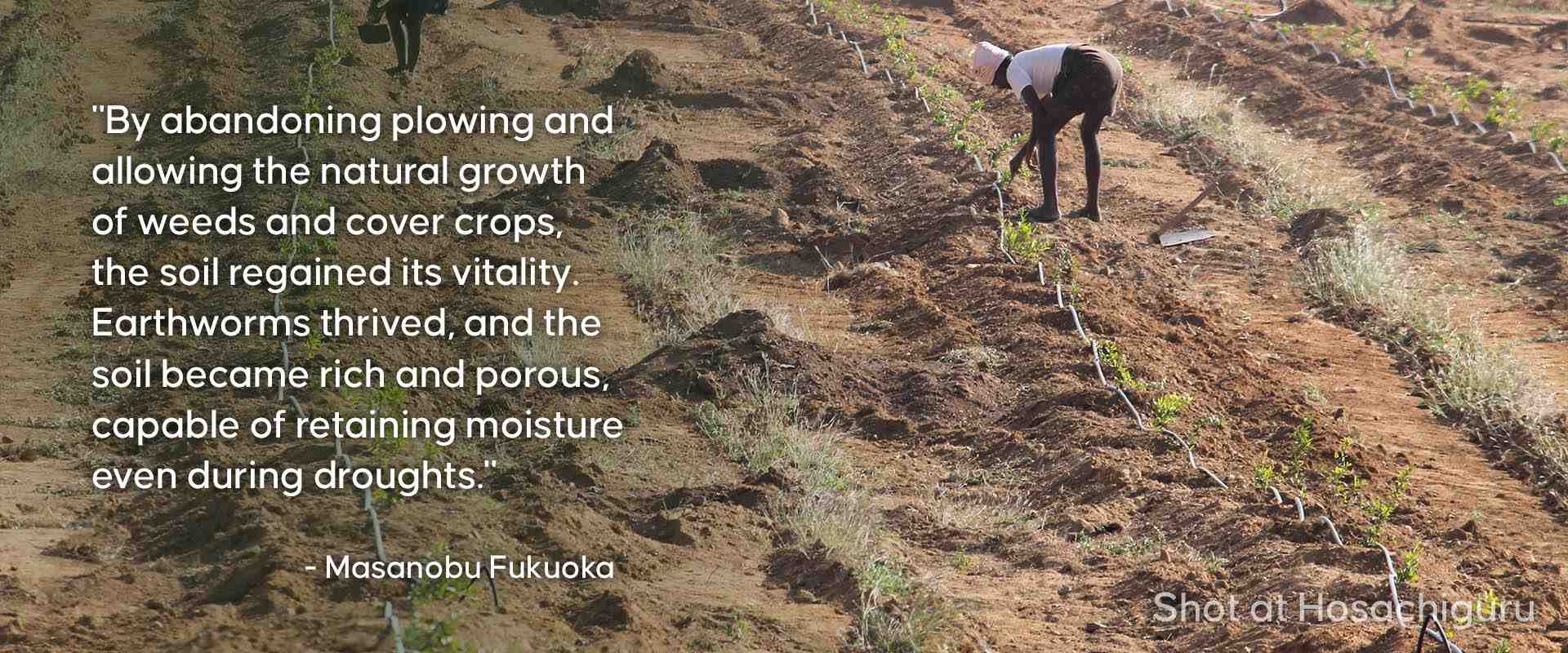

- Raju Titus, a farmer from Hoshangabad, Madhya Pradesh, has achieved remarkable success with “NoTill” farming. Inspired by Masanobu Fukuoka, his method involves covering fields with weeds and grass to improve soil fertility. With just one acre of land, Raju cultivates various crops, showcasing the potential of “NoTill” farming. https://www.thebetterindia.com/106908/raju-titus-no-till-natural-farming/
- Shri late Narayana Reddy ji, a farmer from Varthur, Karnataka, transitioned to organic farming in 1979 after being inspired by Fukuoka’s book. Fukuoka’s visit to his farm in 1988 further strengthened his commitment to sustainable agriculture. https://www.youtube.com/watch?v=Eh7FftIxGHs
Conclusion
“NoTill” agriculture challenges industrial farming practices and offers a promising solution for the future. By recognizing the limitations of tillage, we can embrace sustainable approaches that promote soil health, biodiversity, and food production. “NoTill” eliminates erosion, retains water, and reduces greenhouse gas emissions, contributing to climate change mitigation. It preserves soil structure, allowing beneficial organisms to thrive and supporting soil health and fertility. While “NoTill” isn’t a cure-all, it’s a vital part of a broader vision of sustainable agriculture that values diversity in farming methods. Let’s unite in promoting “NoTill” farming practices, sow the seeds of change, and create a thriving future for our lands, communities, and planet. Now is the time for action.
